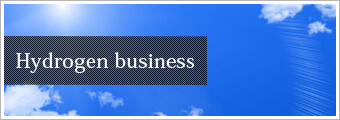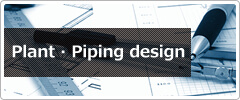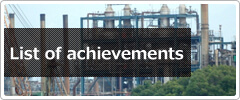- TOP PAGE >
- Characteristics of hydrogen energy
Hydrogen Business Basic Policy
①Prepare CO2 free hydrogen and cultivate and create original biomass hydrogen market
②Aiming at the building of a “ local production for local consumption type hydrogen supply chain” mainly in rural areas away from large cities and establish an energy infrastructure that does not require transmission lines
③Package from upstream (biomass raw material supply) to downstream (hydrogen utilization), create a local community in which biomass, hydrogen, economy circulate
④Holding the Tokyo Olympic Games and the Paralympic Games and the second generation model of FCV will be introduced into the market will be the BLUE project popularization period after 2020
⑤Brandied "BLUE Hydrogen" as the world's first biomass hydrogen ⇒ Add new energy categories to the global energy market
Blue tower core technology
※Blue tower is a biomass hydrogen production facility.
Basic frame
INPUT
(Biomass resources)
Wood scraps
Thinned wood
Sawdust
Cow dung, poultry feces, etc.
Livestock waste
Sewage sludge, etc.
OUTPUT
(Production)
Hydrogen
and/or
Electricity &
Thermal Energy
【Blue Tower Ⅱ No. 3 Demonstration Plant】
(Shibukawa Technology Development Center)
・ A complete carbon neutral (fossil resource unnecessary) energy production system
・ A relatively small distributed energy source based on various biomass resources
・ Since it is a simple device configuration with low operating pressure, No advanced technology required for driving
・ Useful reformed gas composition by gasification under steam atmosphere
Demonstration Plant performance (JBEC)
- No. 1 Demonstration Plant
(Blue Tower Ⅰ)
(Anan city, Tokushima, Completion in 2005) -
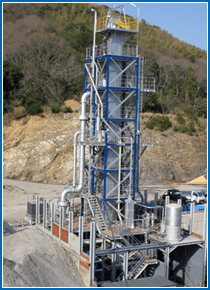
-
(Tokushima Yagi Construction Technology Development Center)
※Dismantled
- No. 2 Demonstration Plant
(Blue Tower Ⅰ)
(Izumo city, Shimane, Completion in 2006) -
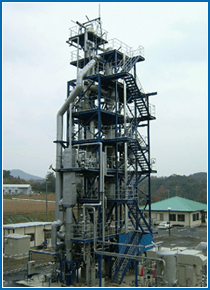
-
(JBEC Izumo Technology Development Center)
※Dismantled
- No. 3 Demonstration Plant (stage furnace)
(Blue Tower Ⅱ)
(Shibukawa city, Gunma , Completion June, 2013) -
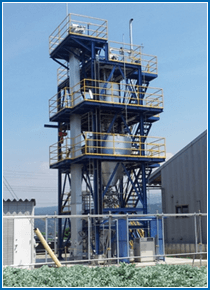
- (JBEC owned two-stage furnace demonstration plant)
Miniaturization and modularization of plant
Flexible
■User viewpoint
・Suppress initial investment
・Expand scale as hydrogen market expands
・Energize surplus compost etc.
5 ton
5 ton
5 ton
(Extended)
Upsizing
High cost
miniaturization
and
modularization
Develop BLUE products
with flexibility
Upsizing
70 ton
15 ton
※The photo shows the Izumo demonstration plant (1 ton/day)
(Tonnage is raw material processing capacity per day)
Overall picture of hydrogen business and market trend
●New market
Hydrogen market for fuel cells
・For fuel cell vehicles
(FCV/ FC bus)
・Residential fuel cell
・Commercial fuel cell
(Factory, office building etc.)
・FC information terminal etc
●Existing market
Industrial hydrogen market
Example) Semiconductor / optical fiber
Business strategy
Technology strategy
Technology strategy
Process efficiency
Modularization
Diversification of raw materials
Reduction in cost of plant construction
Energy saving of purified energy
(Approximately 30% less than conventional type)
Utilization by separation and extraction of CO2
(Provided to agricultural production facilities)
Development of hydrogen storage alloy package
Significant increase in hydrogen purification storage function
Significant increase in hydrogen transport efficiency
Development of FC information terminal market
(Blue Tower)
(Hydrogen Purification Device)
(Hydrogen storage
alloy package)
Blue Tower Ⅰ ⇒ Domestic and overseas patent acquired
Blue Tower Ⅱ ⇒ Domestic and overseas patent acquired
Blue Tower Ⅲ ⇒ Domestic and foreign patent filed
Developed original hydrogen refining method in collaboration with Tokyo University of Science (Use Tokyo Government subsidies)
FEATURES: CO2 is first separated and extracted to purify hydrogen
⇒Domestic and foreign patent pending
In collaboration with Tokyo University of Science and private companies, we are developing a biomass hydrogen-compatible hydrogen storage alloy package equipped with a micro fuel cell.
Patent strategy (maintenance of only one)
Development of hydrogen storage alloy and extremely small fuel cell for information terminal
<Tokyo University of Science Development Team>
・Faculty of Science and Technology, Professor Kiyoshi Dowaki Project Management · Biomass gasification · LCA evaluation
・Department of Industrial Chemistry, Faculty of Science and Technology, Professor Tadahiro Gunji Develops a method for removing impurities contained in Bio-H2
・Faculty of Science and Technology, Department of Mechanical Engineering Professor Masanori Hayase Development of ultra-small fuel cell · Enhancement of impurity tolerance
・Faculty of Science and Technology, Department of Electrical and Electronic Information, Assistant Professor Noboru Katayama Development of hydrogen occlusion alloy hydrogen cartridge · Power conversion
Blue
Hydrogen
Fill as it is
hydrogen storage alloy
Packaging
Ultra small fuel cell
(PEFC)
Power conversion
It is about the same weight as the lithium ion battery, absorbance of 12 liters of hydrogen by size
hydrogen storage alloy package
(Recycle possible)
Mounting
Continuous working days:
8 to 10 days/cartridge
※Estimated by Intelligent Energy Company (battery was installed in the iPhone) ¥ 57 trillion / year scale
Hydrogen station
Hydrogen
Reformed gas
(Crude gas)
Development of new fuel cell terminal market
FCV
(Blue Tower)
(Hydrogen Storage Alloy
Packaging Factory)
Tablet
Robot
Drone
A country aiming at the world's first hydrogen energy economy Iceland
1998 Hydrogen Nation Declaration
「Switch all fossil fuels to hydrogen which is
obtained by electrolysis of water by 2050」
ECTOS:Ecological City Transport System
(March 2001 - fall 2005)
①Introduction of fuel cell bus
②Introduction of fuel cell vehicles
③Establishment of hydrogen production and distribution system
⇒ Export to Europe
④Realization of hydrogen fuel fishing boat
From April 2003: World's first commercial hydrogen station opened
(Reykjavik shell refueling station in the capital)
October 2003: Operation of fuel cell bus (demonstration operation)
Capital city Reykjavik city bus
3 buses made by DaimlerChrys Co., Ltd.
.Population:about 300,000 people
.Area:Hokkaido + Shikoku
.Countries rich in geothermal and water resources
Most of the energy required by the whole country Supplied with geothermal and hydropower
.About 11% of nationwide soil is glacier
(Fuel cell bus operated in Reykjavik in the capital)
http://www.iceland-kankobunka.jp/gnrl/info/outline/jokull.htm











